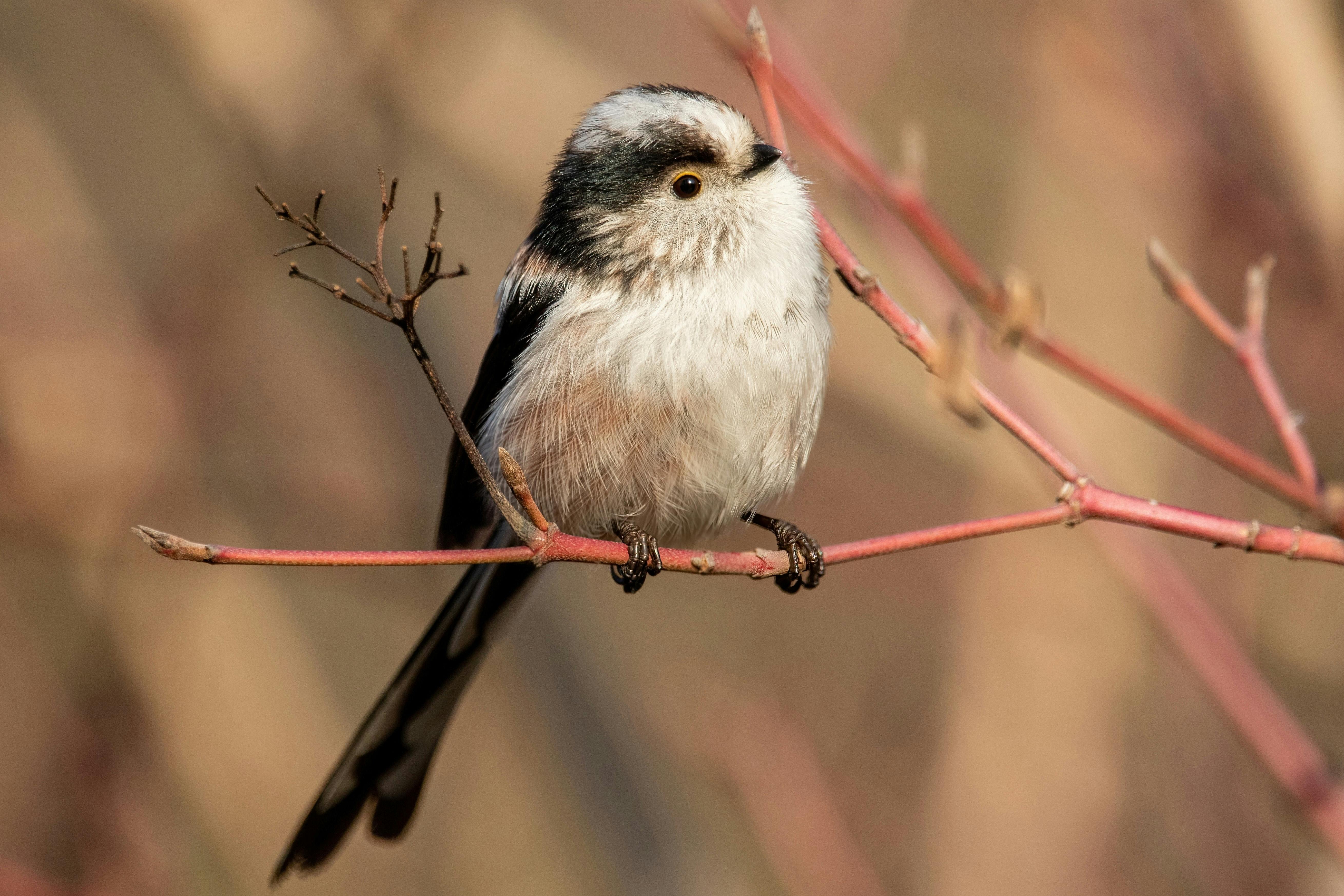How to Care for Your Bird's Legs and Claws

How to Care for Your Bird's Legs and Claws
Caring for a bird involves more than just providing it with a proper diet and a clean habitat. Regular maintenance of its legs and claws is crucial for its overall health and mobility. This guide will walk you through the essentials of keeping your feathered friend’s legs and claws in top condition.
Understanding the Basics of Avian Leg and Claw Health
birds rely on their legs and claws not only for movement but also for gripping and handling their food, climbing, and perching. Problems in these areas can significantly impact their quality of life. Observing your bird's legs and claws regularly ensures you spot any issues early.
Regular Inspection and Cleaning
Begin by routinely examining your bird’s legs and claws. Look for signs of swelling, redness, or injury. The scales on the legs should be smooth and uniform, without any flaking or crustiness, which can indicate mites or infections.
Cleaning is just as crucial. Gently wipe their legs and claws using a soft, damp cloth. Avoid using any harsh chemicals or detergents as these can harm your bird. For encrusted dirt or droppings, soaking the legs in warm water can help loosen the debris.
Clipping Claws
Overgrown claws can be harmful as they can lead to awkward perching that subsequently puts too much pressure on your bird's legs. Trimming should be done with care. If you are not experienced, it’s advisable to have a vet or a professional groomer do the clipping to avoid damaging the quick — a blood vessel running through the claw that can cause bleeding if cut.
Perch Selection and Variety
The choice of perches is fundamental to maintaining healthy legs and claws. Perches of varying diameters and textures promote natural wear of the claws and prevent foot problems. Avoid plastic perches as they can cause the legs to slip and are not effective for wear. Natural wood perches are ideal as they mimic a bird's natural environment.
Addressing Leg and Claw Injuries
If your bird sustains an injury, immediate care is vital. Minor injuries can often be managed at home with gentle cleaning and applying antiseptic, but always consult a veterinarian if you are unsure or if the injury does not improve. Severe injuries, signs of infection, or any deformity necessitate professional veterinary care.
Nutritional Support for Leg and Claw Health
Proper nutrition is foundational to the health of your bird's legs and claws. A diet deficient in essential vitamins and minerals, such as vitamin D, calcium, and phosphorus, can lead to bone issues and weakened claws. Consult with a vet to ensure your bird's diet meets its nutritional needs.
Regular Exercise
Exercise is as important for birds as it is for humans. Encouraging your bird to move around by providing a large cage with space for flying, and interactive toys can help maintain muscle strength and joint health, supporting the overall well-being of their legs and claws.
Conclusion
Proper care of your bird's legs and claws encompasses a variety of practices from regular inspections and cleanings, the right dietary support, suitable perches, and maintaining claw length. Ignoring these aspects can lead to discomfort and health issues for your bird. As a responsible bird owner, your small efforts can make a significant difference in the life of your pet.